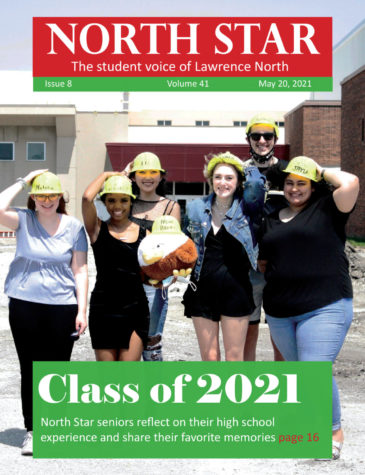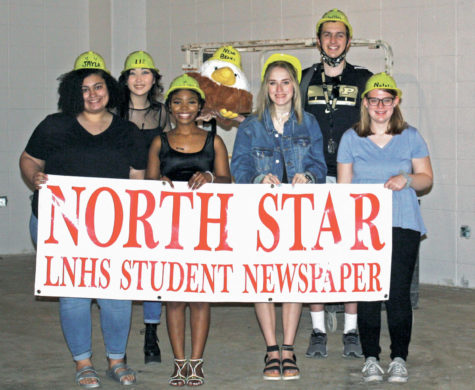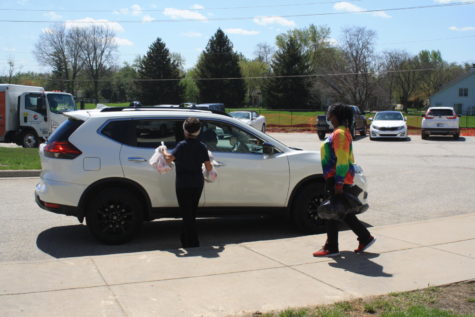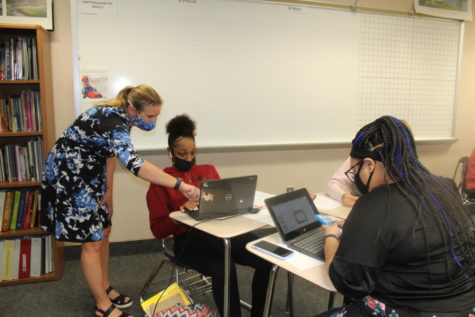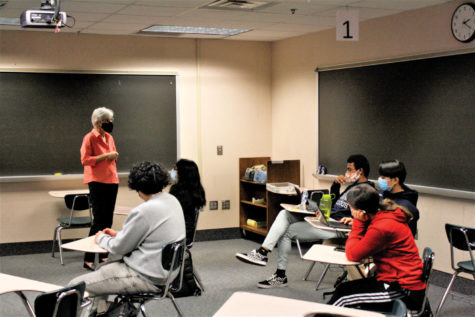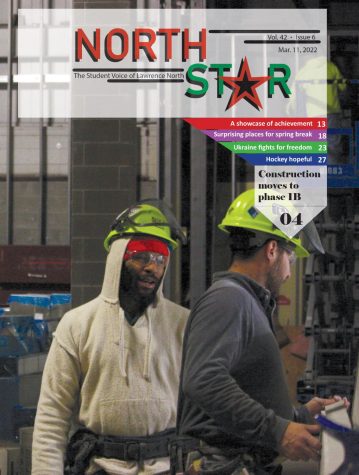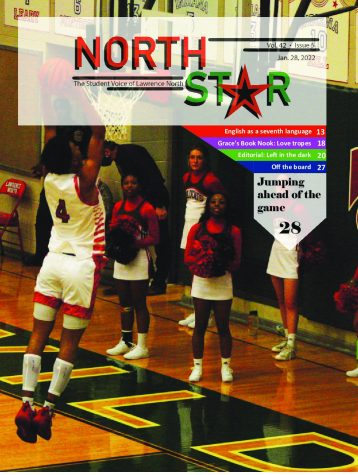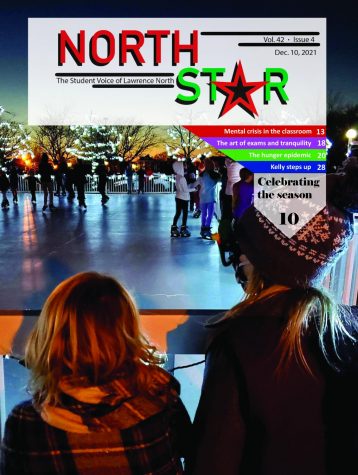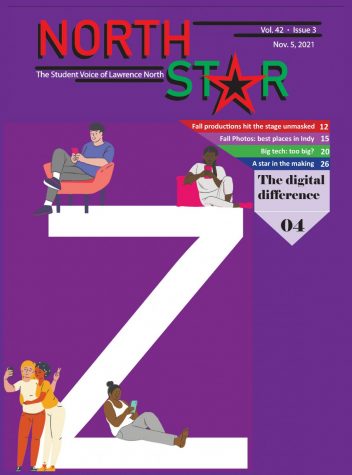A push towards virtual classes
Every few months at Lawrence North, there is a fire drill. Although the chances of a fire actually happening at our school is low, we practice over and over what to do in case it does happen. The reason we do this is because generally, safety is the number one concern for teachers and administrators on the operation of school.
However, the notion of safety being above all else does not seem to be as important right now. Government and school officials have decided that students have to be sent to school, even if they know that it is not safe right now. It is likely that a school the size of LN would have at least some COVID-19 cases that people do not know about. We know that the actual number of COVID-19 cases is much higher than whatever the number reported is, because not all asymptomatic carriers of the virus have been tested, nor everybody who has come into contact with an infected person. Dr. Robert Redfield, director of the Center for Disease Control (CDC) told reporters in June that “Our best guess right now is that for every reported case, there actually were 10 other infections,” and although testing may have improved since then, we do know that more people do in fact have COVID-19 than we previously thought.
Just like how we do virtual school when there is six inches of snow, we should do virtual school when there is a deadly virus. Even though learning virtually may be inconvenient, it is necessary if we want to stay healthy and safe.
Despite what many people may think about the nature of COVID-19, it still can damage young people immediately and in the long run. According to the CDC, while the hospitalization and death rates among teenagers may be much lower than other groups, it is not zero. COVID-19 is a very fierce virus, and while it may not kill you, it can still get someone very sick.
We are now finding more about the potential long term effects of COVID-19, and how that could affect people who still have their whole lives ahead of them. Forbes reported back in August about the damage that COVID-19 might do to your heart long-term. The article spoke about a study of 100 patients who formally were diagnosed with COVID-19 from all age groups, and found that “78% had heart abnormalities and 60% had myocarditis,” which is a condition that is the inflammation of the heart. This study showed that myocarditis could affect even those who had mild symptoms or were asymptomatic, which would mean that many young people at high schools who get infected could still be feeling the impacts many years down the line.
Also we need to not just consider the students at LN, but who else that students could infect when schools remain open. Many teachers do not have the benefit of the youth and health that students have, and being at school puts them at that risk. Also, there are the families of the students, where many of the parents are older and in higher risk groups, and are likely to get infected with COVID-19 if the student brings it home from school. Overall, we need to decide if it is worth putting these groups at risk in order for our students to meet in person, when they could do it from home.
One of the main arguments for keeping schools open is the things that students rely on school for that are outside of the normal educational purposes, like counseling resources and free or reduced lunch. Back in the spring, Lawrence Township proved that it could fill that gap by providing drive by meals for families. Now this fall, they have shown the resources for social and emotional learning that students desperately need.
Many families have decided to send their children to school because they believe that the value of in person education can not be replaced by a computer. While I do fundamentally believe this fact, we also need to consider how the system is working at LN currently. The students who are online are doing the same classes at the same time as the other half of students, who are in person. Because of the way that LN decided to have virtual students log in through zoom and participate in class, students are getting more resemblance of the in-person experience than they were back in the spring. It is not hard to imagine everybody on that zoom call instead of half the class, and overall it might be worth it so that we can remain safe, and keep our loved ones safe as well.
For example, I have had one of my teachers teaching from home this week. I would not say that the value of my education for that class has really changed at all. Since all the lessons for that class have been done on computers anyway, the only thing that has changed is that the teacher’s handwriting on a small computer screen is harder to read than on a smartboard.
Yes, virtual learning can be a little awkward, frustrating, and boring, but the safety right now far outweighs the dangers of putting around around 800 students inside a building twice a week during a pandemic.




